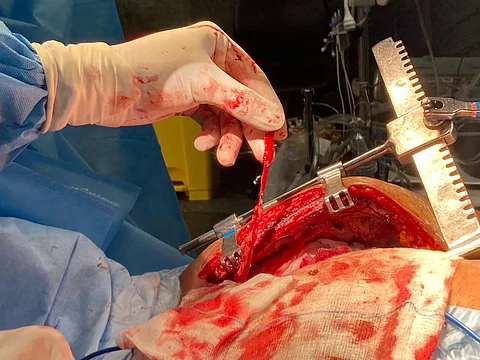References:
1. Khan IA, M. N. (2002 Apr;22). Initial historical descriptions of the angina pectoris. J Emerg Med, doi: 10.1016/s0736-4679(01)00489-9. PMID: 11932097.
2. N Marsh 1, A. M. (2000 Apr). A short history of nitroglycerine and nitric oxide in pharmacology and physiology. Clin Exp Pharmacol Physiol, 27(4):313-9.
3. Textbook of Cardiology . (2011, December 2nd ). Retrieved from https://www.textbookofcardiology.org/wiki/Historical_timeline:_1852-1967: https://www.textbookofcardiology.org/wiki/Historical_timeline:_1852-196
4. Kurusz, M. (2012 Jan-Feb). May 6, 1953: the untold story. PubMed.
5. Leggett, H. (2009, October 30). Oct. 30, 1958: Medical Oops Leads to First Coronary Angiogram. Retrieved from Wired : https://www.wired.com/2009/10/1030first-coronary-angiogram/
6. WILLIAM L. PROUDFIT, M. .. (1986). F. Mason Sones, Jr., M.D. (1918-1985):. Cleveland Clinic Journal of Medicine, 121-124.
7. Wheat, M. P. (n.d.). F. Mason Sones, MD (1918–1985). Retrieved from Society of Cardiovascular Angiography and Interventions: https://scai.org/f-mason-sones-md-1918-1985
8. Hall, R. J. (1985). "In Memoriam: F. Mason Sones, Jr., M.D". Texas Heart Institue Journal , 12 (4): 356–358.
9. F. Mason Sones . (n.d.). Retrieved from Wikipedia : https://en.wikipedia.org/wiki/F._Mason_Sones#cite_note-2
(HN)


